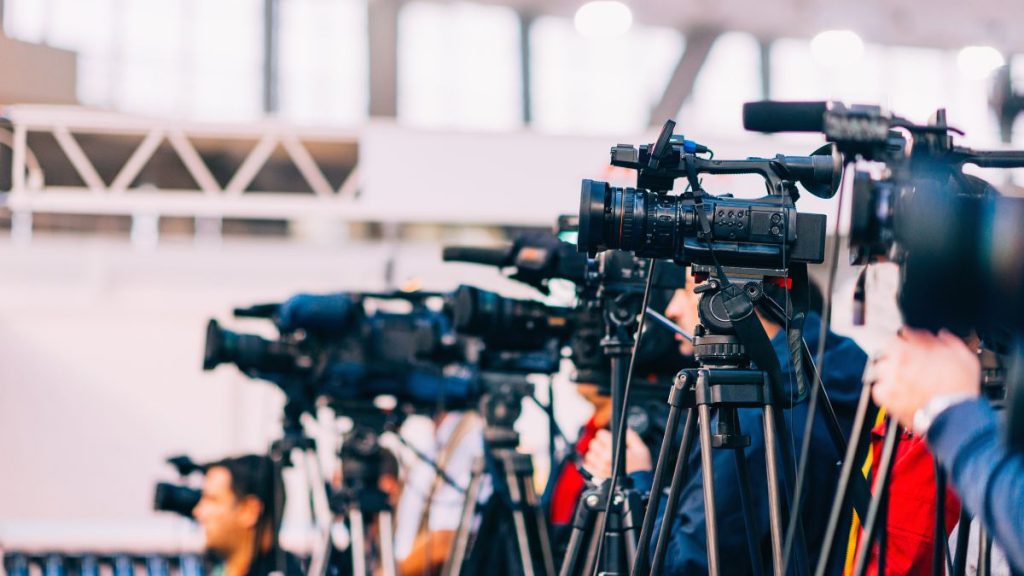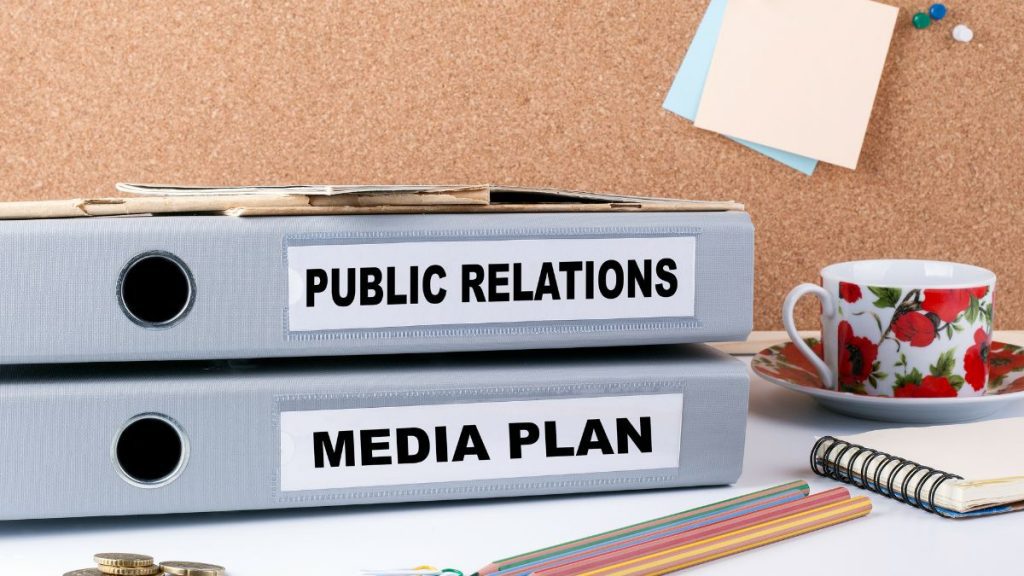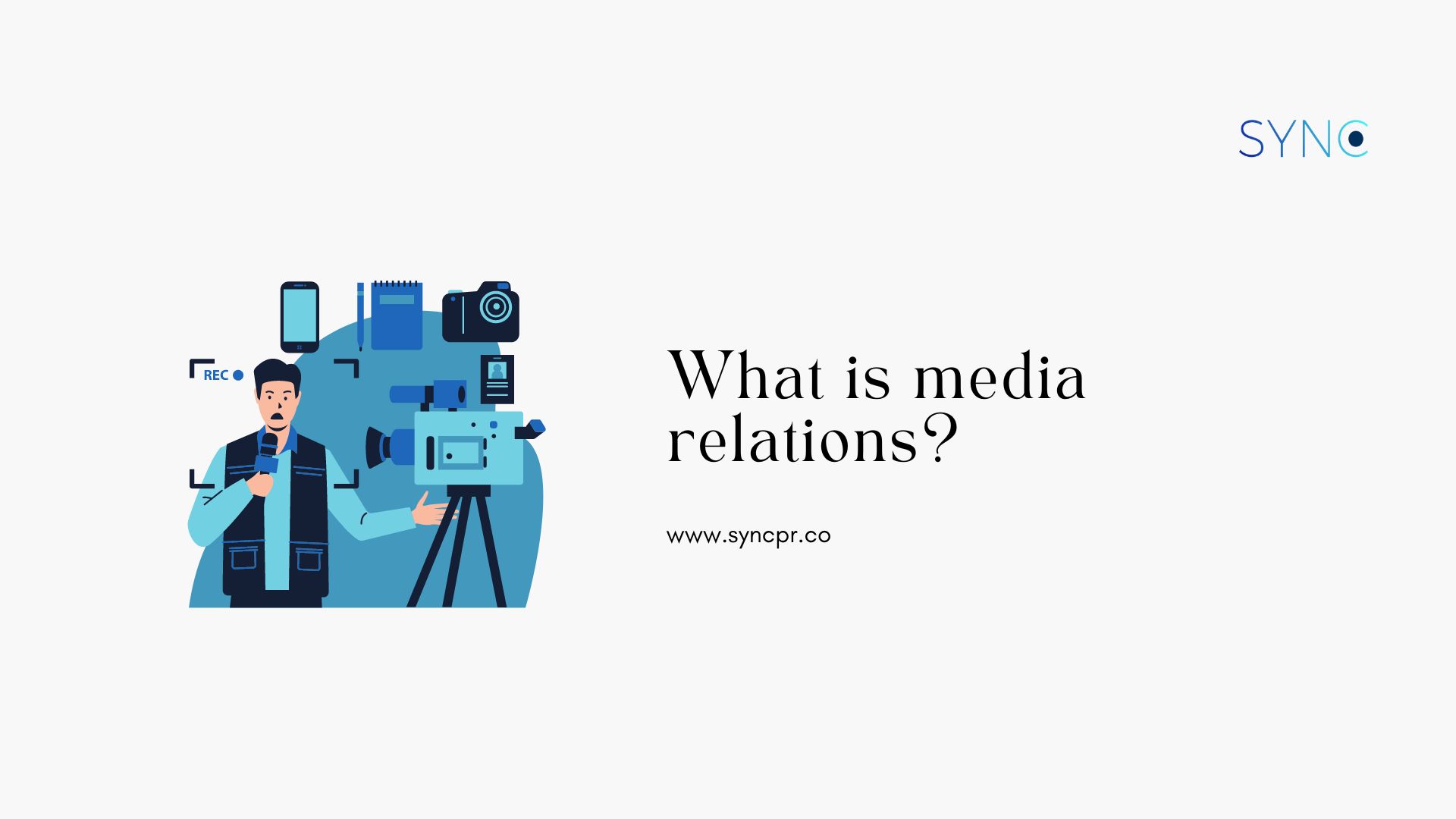Working with the media is an important aspect of the public relations profession. Public relations seeks to generate favourable publicity for a client. Because audiences regard media coverage as more credible than traditional advertising or promotional efforts, mass media is the preferred channel for reaching out to the public. Learning how to build and manage relationships with reporters and editors is therefore critical to your outreach strategy.
The mutually beneficial relationship between journalists and public relations professionals is referred to as media relations. One of the most significant advantages for journalists is the ease with which they can obtain story ideas and sources. As previously stated, journalists spend a significant amount of time and effort gathering information in order to write a story. Working with public relations professionals saves time spent on researching sources and other information to validate an article’s content. Media relations benefit public relations practitioners because it secures free publicity and promotion for a client. They can reach a large audience at a low cost by using media as a promotional tool.
READ MORE: What is a key message and why it matters for your business?
Why is media relations important?

Given the simplicity of the definition above, relations should be relatively simple to build and maintain. The media is an excellent medium for brands to gain exposure and attention for their stories. If you are successful in getting your stories covered by a journalist, you will gain access to the news media’s reach. This is important for two reasons.
Remember that you are borrowing and effectively leveraging the media’s reach. Unless you are a world-renowned company, the media is likely to have a larger reach than you do. You can increase the reach of your own stories by obtaining their reach. Even new brands like Antbuildz in niche industries like construction can be featured in amazing trade publications like Southeast Asia Construction if you are able to work well with the media and convince them about the value of the story.
The media lend a lot of credibility to your brand. Having your stories covered there will lend you more credibility in the eyes of the reader than having them read it on your social media pages or your own website. Imagine having a great story in The New Straits Times, like this one about giftee Malaysia, that highlights what your brand is doing and introduces you to a whole new segment of customers that are likely to trust what they read.
How is PR and media relations different?


For the uninitiated, the terms media relations and public relations are interchangeable. However, these are two entirely different ideas. While media relations focuses on one channel, public relations (PR) uses a variety of channels to generate publicity. The media, which we refer to as media relations, is one of the channels that PR uses.
Incorporating media relations into your public relations strategy opens up a plethora of opportunities for your brand. When a journalist quotes you online, he or she includes a direct link to your content and, possibly, your website. This will then generate a lot of traffic and boost your search rankings. You gradually broaden your reach and raise brand awareness.
We like to think of it as PR or public relations being the umbrella term and media relations being one aspect of PR.
How to target the right media
If you work in the fintech industry, you should not send your press release to a journalist who covers politics. It will clog the journalist’s inbox, and you will not be successful in getting coverage. This is a pet peeve of most journalists and doesn’t help set your brand for future success.


There is no quick fix, so make sure to do your homework. This entails becoming acquainted with the editorial lines of various newspapers. It is about becoming acquainted with the topics and geographical areas they cover, as well as the news desks to which they belong. It is also important to understand their individual styles and preferences, as well as how and where they get their news. Put everything in a media list that you keep up to date.
READ MORE: Here are 5 tips to building strong media relations
You’ll know which news outlets are assigned to your industry or who might be interested in the story you’re about to pitch once you’ve gathered enough information about them. Also, some bigger publications like The Business Times in Singapore or Harian Metro in Malaysia may have different newsdesk that cover your industry, so read through the publications to find out whether it is relevant to your niche.
Consider the target audience you might reach if you get coverage in various news outlets. If you want to reach a very specific target audience with your story, the largest national news media may not be the best choice. Being relevant is never a bad thing, and in the long run, it will benefit both the relationships you develop and your public relations efforts.
Should you do your own media relations?
Absolutely. If you have the time and lack sufficient resources to hire the right agency (hint – that’s us), you should definitely start your own media outreach in order to do some PR for your brand. It isn’t rocket science, but it does take time and effort.
If you are interested in finding out how to start doing media relations for your brand, you can subscribe to our blog and learn more about PR. If you feel like you need some help, reach out to us at hello(@)syncpr.co and one of our consultants will get back to you.

